Uji Tea: Best in Japan
Nestled just 15 minutes away from Kyoto, lies the charming town of Uji, a place that captivates visitors with its rich cultural heritage. While Uji boasts numerous attractions, including the renowned Byodo-in temple, what Uji is most famous for is tea. Throughout Japan, Uji tea is widely regarded as the best in Japan and the town itself is a mecca for tea lovers across the Kansai region.
What is Uji Tea?
Uji tea is one of the top three tea in Japan, together with Shizuoka tea and Sayama tea. However, few people know exactly what Uji tea actually is.
By definition, Uji tea is the tea that is harvested in Kyoto, Nara, Uji, or Mie prefecture and is processed by tea factories in Uji. Because Uji is near the border of those prefectures, tea leaves do not have to be harvested in Uji.
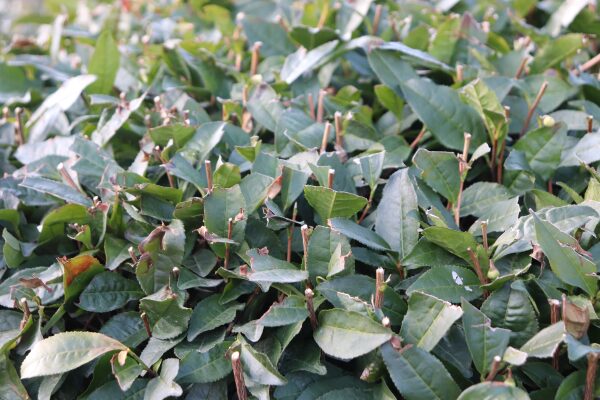
During the Kamakura period, Eisai, the founder of the Rinzai sect, introduced tea trees from China to Japan. He gave a tea tree to Myoe, who grew it at Kozanji temple in Toganoo, Kyoto. Over time, other regions in Japan also became famous for tea, but Toganoo’s tea was traditionally considered the best.
During Japan’s Middle Ages, Uji developed the Oishita-saibai method of growing tea leaves under a black curtain. This prevented photosynthesis and resulted in lower tannin production, giving the tea a sweeter taste. This method made Uji tea particularly popular.
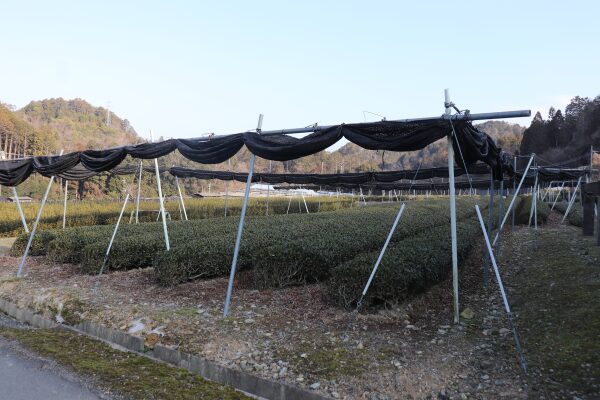
Tea for All
During the Edo period, Nagatani Soen in Ujitawara invented sencha, which is still the most popular way to drink tea in Japan. Before sencha, it was common for commoners to drink poor-quality tea, while the wealthy drank matcha.

However, the invention of sencha made it possible for everyone to enjoy green tea by simply adding hot water to tea leaves, without the need for special skills or tools. Then, around the 19th century, a sort of “upgraded” green tea, gyokuro, was invented. In this way, Uji tea earned its fame as a predecessor of tea in Kansai. Today, Uji tea is without a doubt the best tea in Kansai.
Enjoying Uji Tea
Uji
If you’re looking to try Uji tea, the best place to do so is in Uji itself. You can find several tea restaurants in the area, and in some places, you can even purchase tea leaves. During the Edo period, Uji tea became very popular, and as a result, tea craftsmen built their houses along Ujibashidori Street. Although many of these houses no longer exist, the street still retains its historic charm with its many tea restaurants standing to this day.
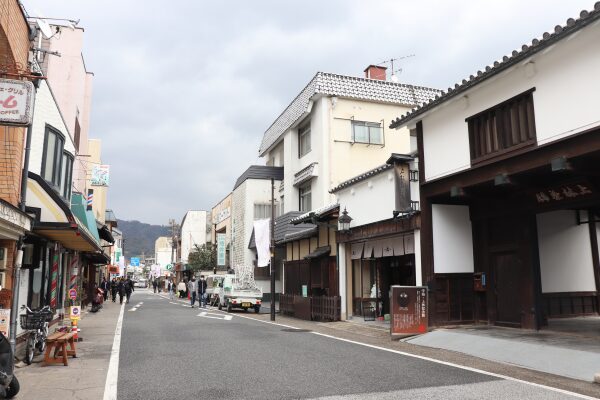
If you’re visiting Uji, there’s one thing you shouldn’t miss: gyokuro. Gyokuro is a type of green tea invented in Uji. Its beautiful light green color and delicate fragrance will surely help you relax. Additionally, green tea is often more affordable than matcha.
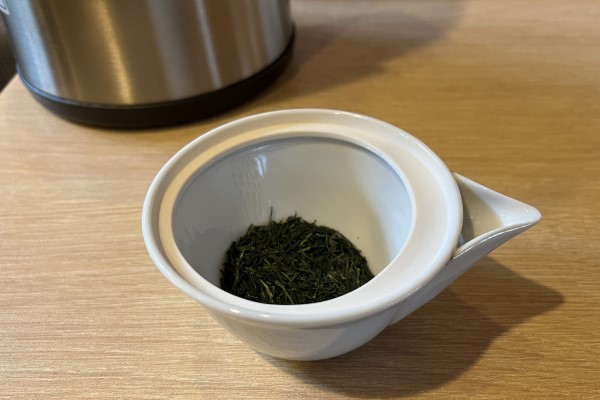
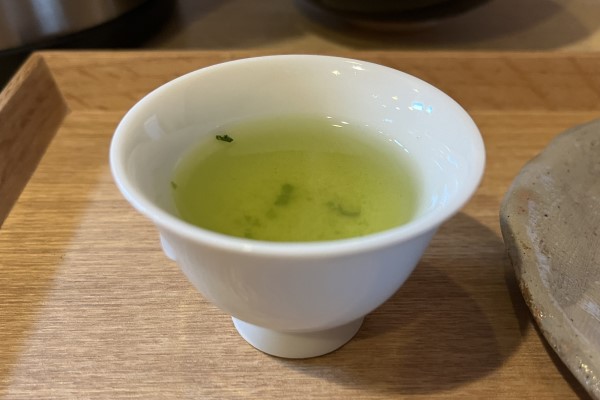
Definitely give matcha a try if you have the opportunity. It is different from regular green tea as it is made through a unique process and has a distinct appearance. Some people may find matcha too bitter or grassy due to the use of powdered tea leaves, but it is the original way to enjoy tea in Japan.
Matcha allows you to savor both the flavor and fragrance of the tea itself and often comes in beautiful cups for the ultimate tea experience.
If you’re looking for something beyond just drinking tea, there are plenty of restaurants that offer tea-themed desserts.
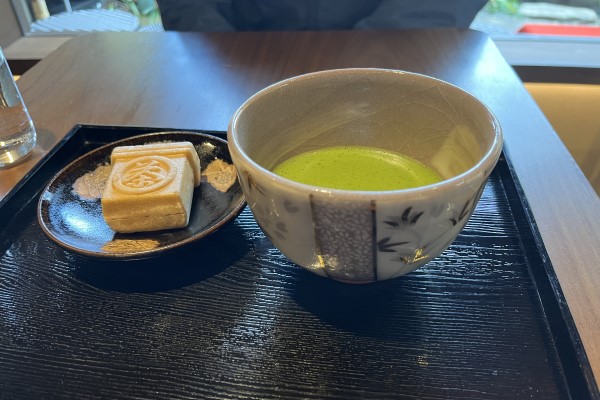
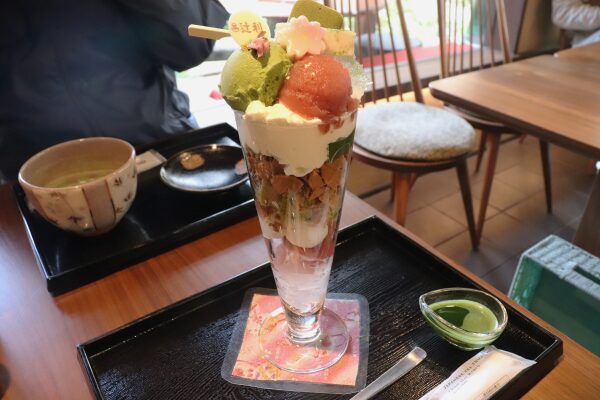
Kamikoma
If you want to experience Uji tea to the fullest, take a walk in Kamikoma. This place, located 15 minutes away from Uji, used to be a significant center for tea leaves due to the clear waters of the Kizugawa River flowing nearby.
During the Edo period to the Meiji era, merchants brought tea leaves to Kamikoma and then transported them by boats to Osaka and later to Kobe for export. At one point, there were around 100 tea factories in the area, but unfortunately, many of them are no longer operational today. Despite this, there are still 30 tea factories in operation today.
One of the most famous tea producers in Kamikoma is Fukujuen, aka Iemon tea, which is available in Coca-Cola vending machines all over Japan (grocery stores too).

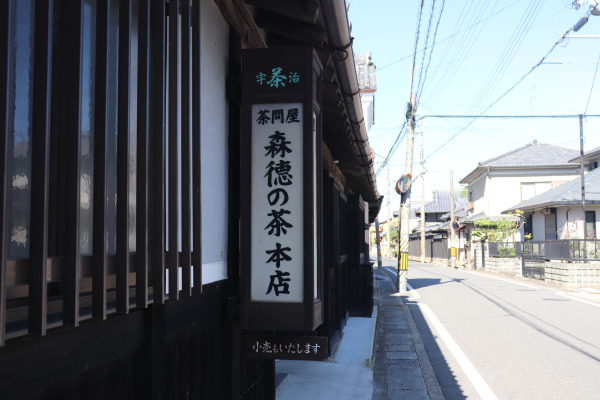
Sadly, there are only a few tea restaurants in Kamikoma, unlike Uji.
Growing Uji Tea: Ujitawara and Wazuka Tea Fields
Waking around Uji, you might wonder where all the tea fields are. Many of the tea filed of Uji tea are located in Ujitawara and Wazuka town, both are unfortunately a bit hard to access from Uji itself.
In the north of Mt. Shubu is Ujitawara, where green tea in Japan originated, while Wazuka is in the south of the mountain and quite popular for foreign visitors who are seeking picturesque tea fields.
Walking in those towns, you can quickly find tea fields spreading as far as you can see.
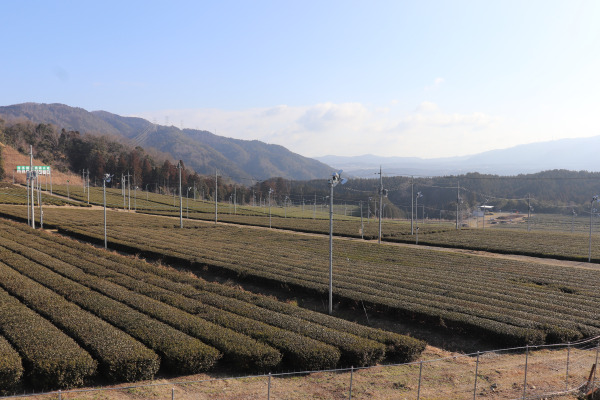
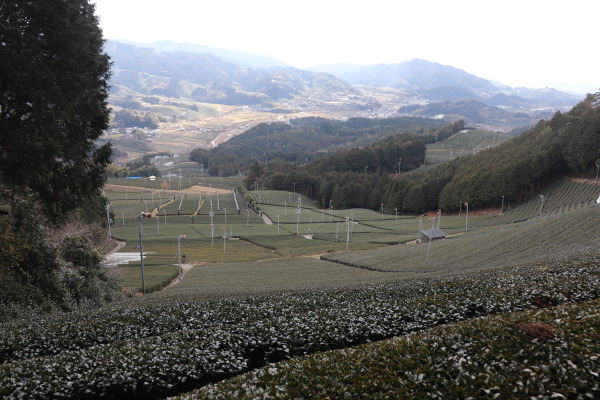

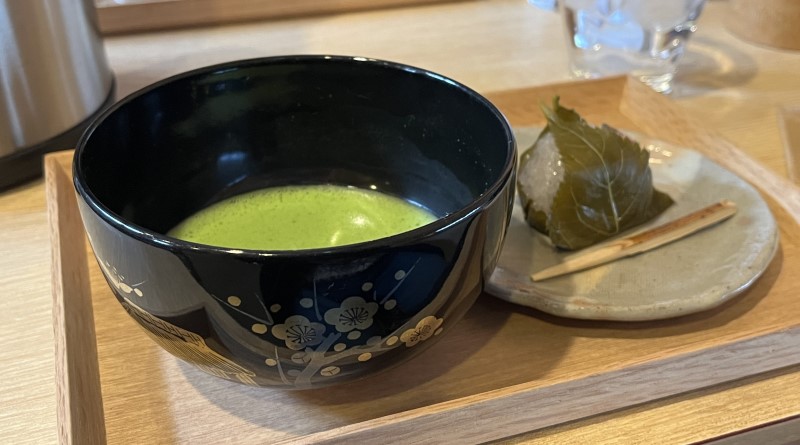
Leave a Reply